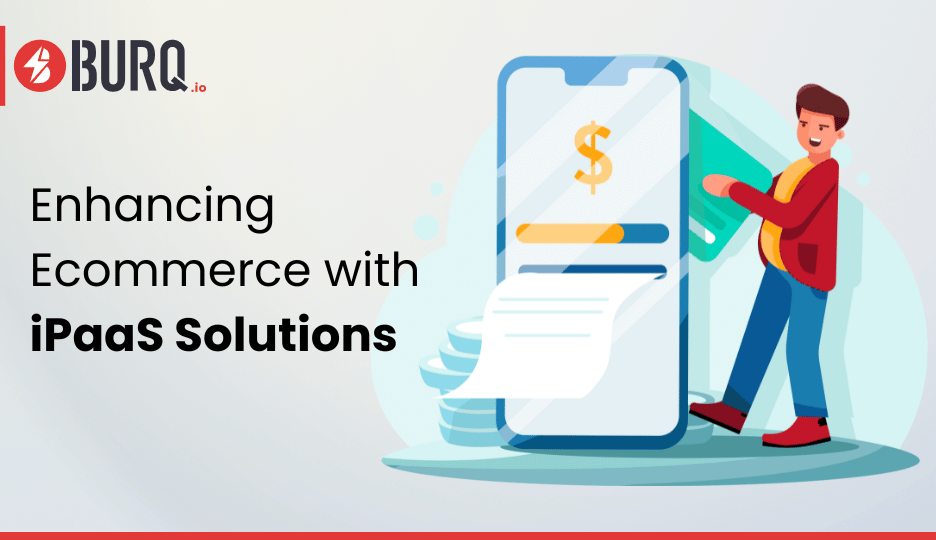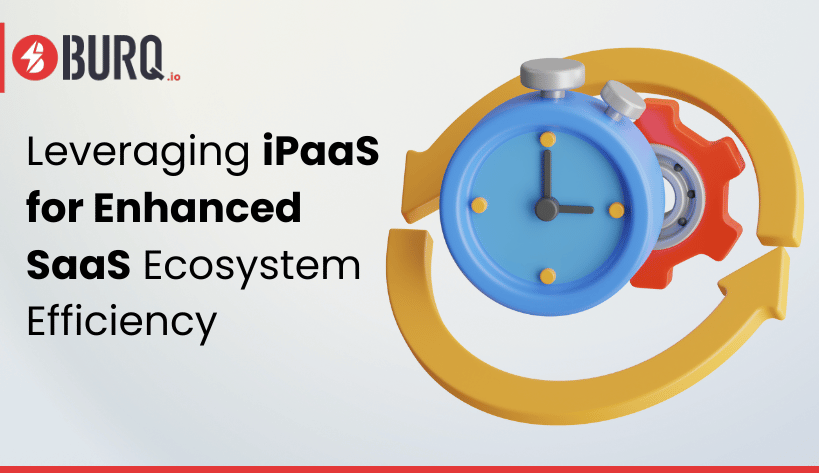Tools for API integration may be useful for growing your company. The importance of the API integration platform as a business strategy was affirmed by 61% of integration specialists and information technology (IT) executives back in 2018.
API integration is essential for managing day-to-day business operations as well as for the overall expansion of the company.
You will learn about eight API integration solutions today that might be very helpful to your company. Learn more by continuing to read this article!
What Is API Integration?
A set of protocols known as an application programming interface (API) enables various software programs to communicate with one another. APIs are the software industry’s intermediaries, to put it simply.
Since APIs are a back-end structure, you probably won’t ever see one in action — unless you’re a programmer, of course.
However, this is where API integration specifics are found. The internal complexity of connecting systems is packed inside of a simple abstraction thanks to APIs. Users are therefore unaffected by what goes on behind the scenes.
APIs are useful across a variety of digital platforms, from connecting the daily-use apps you use to lining the internal architecture of both large and small enterprises.
What Are API Integration Tools?
API integration technologies are used by business users to improve data consolidation. And syncing data effectively and proactively is the function of APIs.
Any business can benefit from this, regardless of whether it creates open APIs for consumer usage or uses them exclusively to meet its needs.
To that end, internal teams can create, maintain, and publish APIs with the use of API integration tools. Using API integration tools, you can also perform testing, create documentation, protect, and keep an eye on APIs.
The 8 Best API Integration Tools Of 2022
Management of Microsoft Azure APIs
With Microsoft Azure API Management, you can manage all of your APIs in a single location. Gain knowledge with API analytics, and keep your APIs safe with functionality for token, key, and IP filtering.
To be clear, the main function of Azure API management is the creation of API gateways. Similar to API proxies but far more powerful, API gateways function as a security interface on their own.
They operate as a conduit for you to deliver APIs by accepting API calls and aggregating services to fulfil them.
Azure offers a complex variety of hourly and monthly pricing options, with the least expensive plans starting at $48.04 per hour and the most expensive plans going up to $2,795.17 per month.
IBM API Connect
An easy-to-use enterprise solution for managing and creating APIs is IBM API Connect. Some of its more alluring features are analytics and built-in security.
A self-service developer portal is also included with the platform, giving developers the ability to register, distribute, and deploy their APIs.
Although it can be difficult to determine IBM’s exact pricing from their website alone, they do offer a free trial.
Zapier
Zapier offers an intuitive, visual interface from which it extends millions of app connectors. The platform’s main goal is to give less tech-savvy people access to the tools needed to automate workflows.
The absence of customization is obviously this business model’s biggest drawback. Therefore, Zapier is unlikely to qualify as a development tool.
Still, for those who know how to use it effectively, Zapier is a top option. You can use Zapier for free to automate 100 activities at first. Rates can, however, rise if your business’s use cases expand to $3,599 per month.
Dell Boomi
Dell Boomi is an integration platform as a service (iPaaS) and cloud-based API tool. Users can link services and applications with Boomi’s low-code development, which requires little to no coding.
The tool also comes with drag-and-drop tools, prebuilt APIs, and activity monitoring. Dell Boomi’s entry-level plan costs $549 per month.
Jitterbit
With Jitterbit, every business process can quickly benefit from artificial intelligence by connecting SaaS, on-premise, and cloud apps. The solution enables several connections, real-time integration, extensive workflow capabilities, data protection measures, and other beneficial functionality.
For companies without a skilled developer on staff, Jitterbit works well. The platform also makes it possible for the software to use AI in its processes.
Workato
Workato links IT and business stakeholders by enabling both parties to create, manage, and use connections between various systems. It provides businesses with a simple drag-and-drop interface to build customized integrations. It also provides self-service capabilities for cloud-based and on-premises solutions.
Workato can even be used by businesses to make automated connections between programs that carry out user-created tasks. With more than 300 business apps already available, it uses a combination of applications, events, and actions.
MuleSoft
MuleSoft offers a wide array of distinctive iPaaS solutions to various industries and tech companies. With its made-to-order goods, it effectively serves industry giants like Netflix and Airbnb, while also providing a simple and quick solution with its pre-built solutions. As a result, businesses won’t spend as much time integrating new systems.
Additionally, the MuleSoft platform provides API access to a variety of on-premises and cloud-based services, as well as the capability to improve apps through tailored integrations.
Oracle
Oracle belongs to the class of no-fluff integration solutions, that give businesses quick fixes based on ready-made integration processes and industry-best standards. Its massive connection library for SaaS and on-premises apps is improved by its Oracle Integration Cloud service. Oracle reduces the overall setup time by enabling global access to information via mass data migration, metadata administration, and other related services.
Final Thoughts
You have the most flexibility with API integration services to satisfy all of your technological and organizational needs. You can create many similarities between your company settings and the division of information and services by using API integration services.
Enterprises can connect apps and services through an API integration platform, which enables the automation of intricate procedures and access to real data from a number of sources. The best thing is that using API integration platform will allow you to quickly link all of your business services to a single system and streamline your business procedures.


